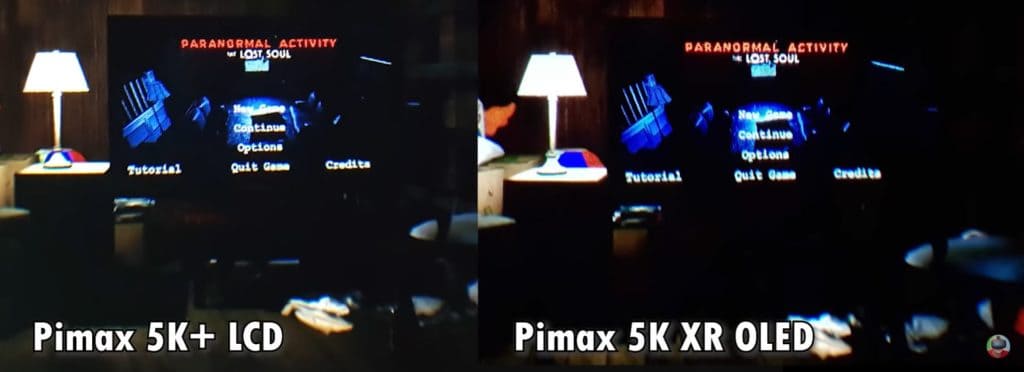Dexter
Arcane
- Joined
- Mar 31, 2011
- Messages
- 15,656
No, I have no problem using OLED, in fact I'd prefer it over LCD especially in VR, although I don't own a OLED TV right now (4K LCD with LED backlight) it's likely to be an Upgrade at some point soon. Burn-in is a bit of a concern (not in VR since the picture always changes), but I don't know how much of a problem that still is.you have no problem using oled with critical weakness ( pentile) AND amazingly YOU STILL DO after x years down the line.
If anyone is wondering wtf he is even ranting about for the past several posts, it's the Subpixel arrangement on displays, RGB LCDs (And RGB OLEDs, which are rarer, for VR afaik only the SONY PSVR uses it) have a Pixel segmented into three Subpixels (Red, Green and Blue), Pentile Segmentation is based on the idea that the human eye is more sensitive to Green as a color and usually has Red and Blue Subpixels twice the size of Green ones, but Green ones being more numerous and being shared between pixels:

https://smartglasseshub.com/vr-headset-display-comparison/
LCD (RGB Stripe) vs OLED (PenTile)
One of the main differences between LCD (RGB) and OLED (PenTile) is the subpixel count and layout. LCD displays with RGB Stripe layout have 3 subpixels for each pixel (red, green, blue).
OLED PenTile displays, on the other hand, only have 2 subpixels for each pixel (a dedicated green subpixel and 0.5 red and 0.5 blue pixels – the other half is shared with neighbor pixel).

Pentile vs RGB Subpixel arrangment
What this essentially means that if we take two VR headsets with the same resolution, but one has an LCD RGB and the other OLED PenTile display, we should notice a difference in the overall sharpness of the image.
To illustrate the point, let does take a through-the-lens capture of two Pimax headsets (5K+ vs 5K XR). Both of these headsets have a resolution of 2560 x 1440, but it is quite clear that the image on the LCD display is sharper and more easily readable (look at the word “Credits” for example).

Pimax 5K (LCD RGB) vs 5K XR (OLED PenTile) through-the-lens capture. Image Source: SweViver
This image also shows another key difference between OLED and LCD displays. What we have here is a “dark scene” and it is clearly visible that the blacks on LCD are significantly more “washed out” and greyish than on the OLED screen.
OLED screens, compared to LCD, tend to have more “popping” and vivid colors in general, but unfortunately, it is not too apparent on this particular capture.
Did you know? LCD-s tend to produce “washed out” blacks because they use extremely bright LEDs as the light source. Even when the liquid crystals (pixels) are “shut off”, some light still gets through (and thus contributing to a greyish effect)
The key ideas for you to take along – LCD screens with RGB stripe have 1/3 times more subpixels (for the same resolution). This contributes to a sharper overall image and less screen-door effect. On the other hand, OLED displays (PenTile subpixel arrangement) are able to output darker blacks and more vivid colors (whereas the image from LCD might seem more “washed out”)
What about OLED (RGB) displays?
If OLED displays are able to output better colors and RGB subpixel layout contributes to a higher sub(pixel) count, then it seems that the best of both worlds would be an OLED display with an RGB stripe subpixel layout? And you might indeed say so.
The things is, however, that OLED displays have been only lately adapted to HMD-s and are more expensive to produce. In fact, one of the reasons why PenTile layout is often used with OLED screens is actually to save on costs (it easier and cheaper to implement compared to RGB)
Regardless, Sony’s PSVR headset was the first mainstream VR headset to use OLED (RGB) displays and somehow they managed to keep the production costs at a reasonable level. The other two headsets in this list that utilize OLED RGB displays are StarVR One and XTAL. Here we can clearly see the price correlation, as both will set you back at least a couple of thousand dollars.
Last edited:



























